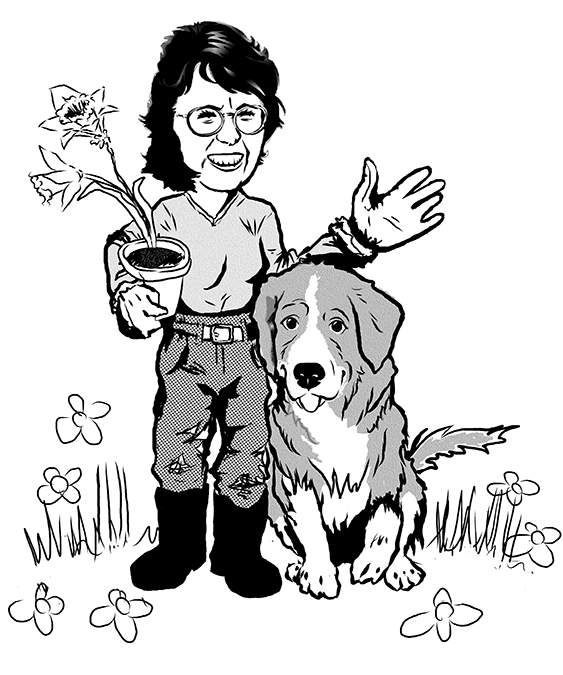Chart: Vegetable Seed Viability & Characteristics
| Vegetable Seed Viability & Characteristics | ||||
| Vegetable | Seed Viability | Pollination | Isolation Distance | |
| Asparagus | P | 3 years | insect | 1 mi / 1.6 km |
| Bean, broad | A | 3 years | self | 50 ft / 15 m |
| Bean, French | A | 3 years | self | 50 ft / 15 m |
| Bean, runner | A | 3 years | self | 50 ft / 15 m |
| Beet | B | 4 years | wind | yes |
| Broccoli | B | 5 years | insect | yes |
| Brussels sprouts | B | 5 years | insect | yes |
| Cabbage | B | 5 years | insect | yes |
| Carrot | B | 3 years | insect | 1 mi / 1.6 km |
| Cauliflower | B | 5 years | insect | yes |
| Celeriac | B | 5 years | insect | yes |
| Celery | B | 5 years | insect | yes |
| Chinese cabbage | A | 5 years | insect | yes |
| Chive | P | 2 years | insect | yes |
| Corn, sweet | A | 1 – 2 years | wind | yes |
| Cowpea | A | 3 years | self | limited |
| Cucumber | A | 5 years | insect | yes |
| Eggplant | A | 5 years | self | limited |
| Garlic | A | |||
| Horseradish | P | |||
| Jerusalem artichoke | P | |||
| Kale | B | 5 years | insect | yes |
| Kohlrabi | B | 5 years | insect | yes |
| Leek | B | 3 years | insect | yes |
| Lettuce | A | 5 years | self | limited |
| Lima bean | A | 3 years | self | limited |
| Muskmelon | A | 5 years | insect | yes |
| NZ spinach | A | 5 years | wind | yes |
| Okra | A | 2 years | self | limited |
| Onion | B | 1 – 2 years | insect | yes |
| Parsley | B | 1 – 2 years | insect | yes |
| Parsnip | B | 1 – 2 years | insect | yes |
| Pea | A | 3 years | self | no |
| Peanut | A | 1-2 years | self | limited |
| Pepper | A | 4 years | self | limited |
| Popcorn | A | 1 – 2 years | wind | yes |
| Potato | A | self | no | |
| Pumpkin | A | 5 years | insect | yes |
| Radish | A | 5 years | insect | yes |
| Rhubarb | P | |||
| Rutabaga | B | 5 years | insect | yes |
| Salsify | B | 2 years | self | no |
| Soybean | A | 3 years | self | limited |
| Spinach | A | 5 years | wind | yes |
| Squash, summer | A | 5 years | insect | yes |
| Squash, winter | A | 5 years | insect | yes |
| Swiss chard | A | 4 years | wind | yes |
| Tomato | A | 4 years | self | limited |
| Turnip | A | 5 years | insect | yes |
| Watermelon | A | 5 years | insect | yes |
Updated on January 15, 2024
Filipendula rubra ‘Venusta’
Fothergilla gardenii
Kerria japonica ‘Pleniflora’
Francoa sonchifolia









